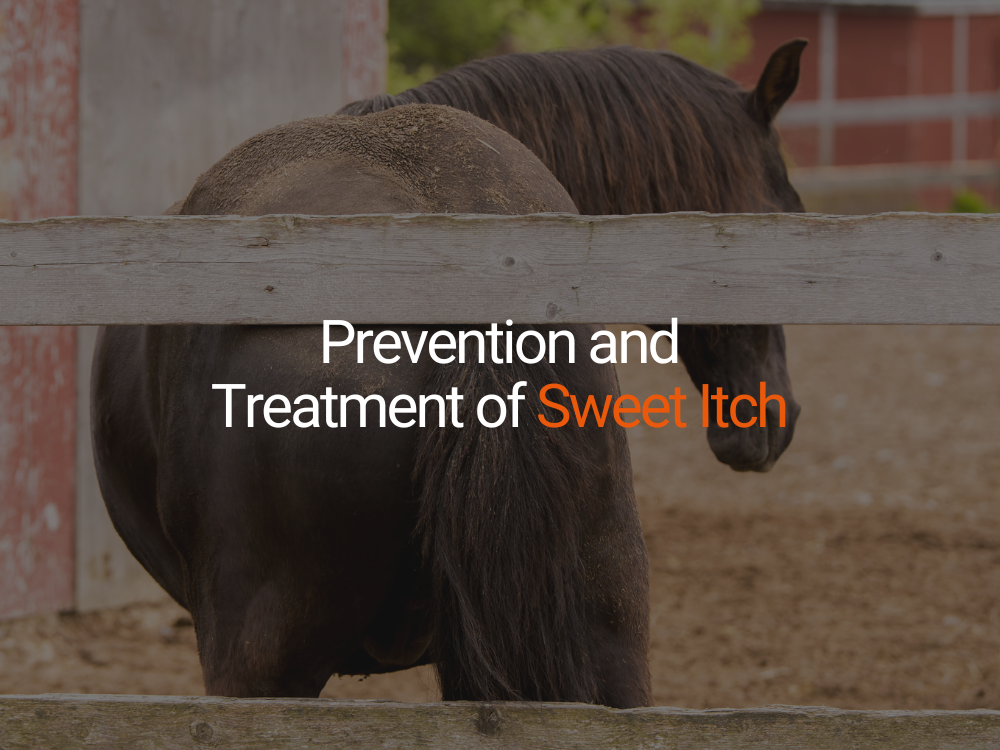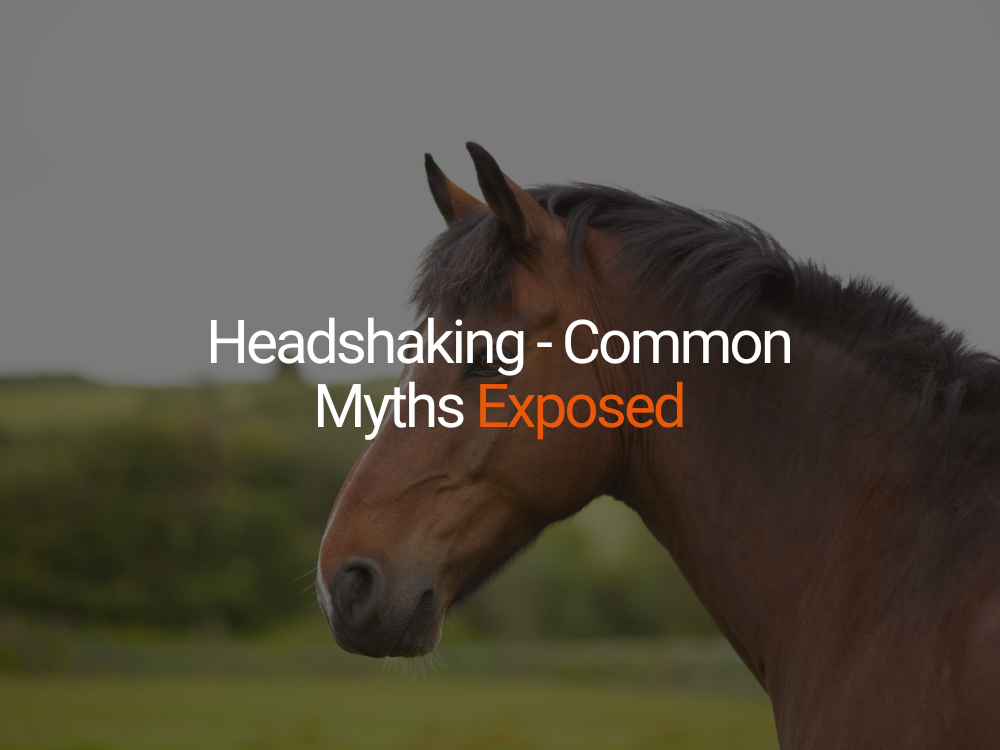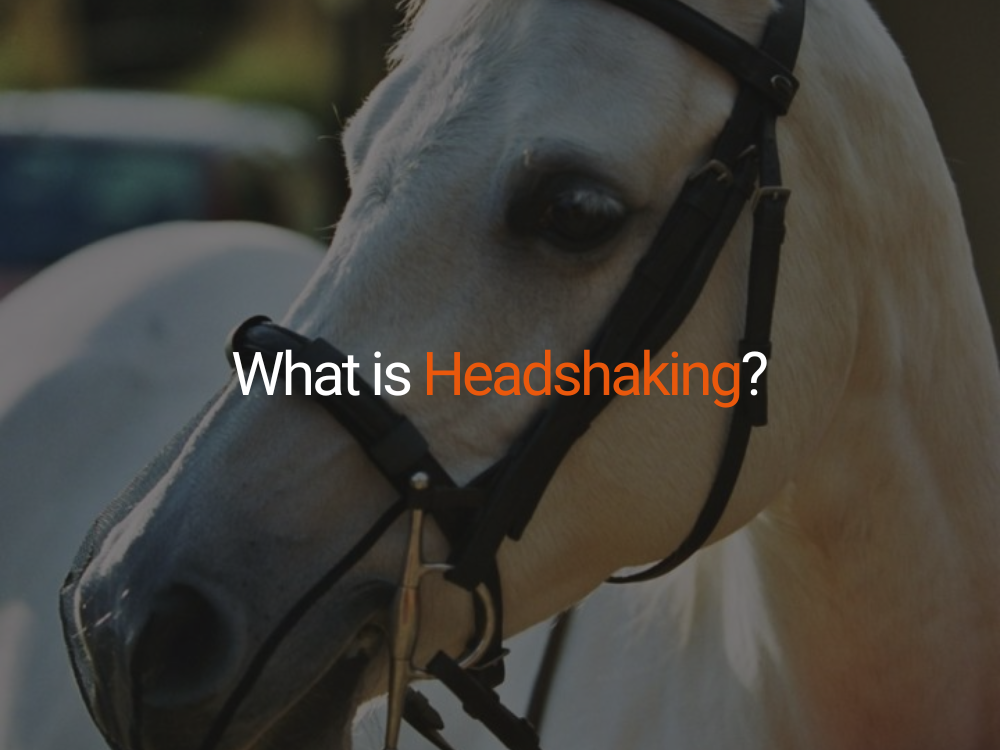The structures in a horse’s feet are responsible for supporting the full weight of the horse over a small area. Routine foot care is therefore extremely important, as any problems in the feet can be extremely detrimental to mobility and health.
Structure of the foot
Coronary band
This is located at the top of the hoof and is responsible for creating horn that makes up the hoof wall.
Periople
This is the outer layer of the hoof that forms a protective covering on the hoof wall. It is responsible for regulating moisture content in the horn, secreted from the perioplic ring above the coronet.
Hoof wall
The hoof wall is the exterior of the hoof, made from a keratin-based substance.It provides a hard protective layer around the internal parts in the foot. It takes 9-12 months for the hoof to grow from the coronary band to the toe. In order for the horn to grow correctly and form a healthy foot, the horse must be provided with a good diet and be in good health. These factors must be checked if the horn starts to become brittle and weak or if the foot looks badly formed. A feed supplement of biotin may be helpful to promote good horn growth.
Sole
This is a tough structure that provides external protection to the sensitive sole underneath. It is slightly concave and is not weight bearing.
Frog
The frog has an extruding triangular structure which extends from the heel to halfway down the foot. Its function is to absorb concussion, provide grip and be a weight-bearing surface for the foot. It also ensures that a healthy blood supply reaches the foot. The grooves along each side of the frog allow for expansion when it makes contact with the ground.
Inside the foot
Sensitive sole
This is found underneath the pedal bone, within the insensitive sole. It produces the new cells that replace lost layers of the insensitive sole.
Digital cushion
The digital cushion is found between the pedal bone and deep flexor tendon. It is an elastic, fibrous pad that absorbs concussion from ground impact. It also helps to push blood back up the leg.
Lateral cartilages
These are attached to the pedal bone and serve to protect the coffin joint. They also help absorb concussion.
Laminae
The insensitive laminae are supportive structures that attach to the hoof wall and interlock with the sensitive laminae. The sensitive laminae then attach and support the pedal bone. The divide between sensitive and insensitive laminae can been seen as a white line on the sole of the foot.
Conformation
This is extremely important, as the feet are obviously essential to the horse!
They should be even and round in shape and in proportion with the rest of the horse. The fronts should be of equal size and shape and so should the hinds.
The front feet should slope forwards and be at a 45 degree angle to the ground, and on through the fetlock and pastern. The hind feet should be at an angle of 50-55 degrees to the ground. The hoof wall should be smooth and free from cracks. Any lines could indicate poor nutrition or past cases of laminitis.
Poor conformation in the feet can result in strains to tendons and ligaments, tripping and bruising. Many foot conformational faults can be improved by a good farrier and over a period of time.
Routine care
Apply hoof oil every other day during the summer to help prevent splits and cracks
Pick out feet every day with a hoof pick
Check shoes for wear and tear and signs that a farrier is needed – such as risen clenches, pinching across the bulbs of the heel, overgrown and misshapen feet
Check unshod horses for splits, cracks, flares and overgrown misshapen hooves
Ensure that the farrier attends shod feet every four to six weeks, and unshod feet every six to ten weeks
Farrier
Great care must be taken when selecting a farrier, so ask your vet for recommendations. Correct trimming and shoeing is vital to the horse’s welfare, and any mistakes can lead to serious, lasting damage.
The horse’s feet should be correctly balanced whether shod or unshod. Balance is important as inaccuracy can lead to lameness and aggravate navicular syndrome and laminitis. It can affect the whole movement and development of the horse and cause ongoing problems.
Shoes are not always needed. It depends on the amount and type of work the horse is doing. Sometimes only front shoes may be needed. The farrier will be able to advise on the best option for the individual horse.
Checklist
Always check the horse’s feet after the farrier has visited
The horse should be sound. If he is even slightly lame or lame a few days later, the farrier must be recalled immediately to address the problem.
Check the balance of the feet. The angle should be around 45-50 degrees from the ground at the front and 50-55 degrees from the ground at the back.
The angle through the pastern, fetlock and hoof should be 45 degrees. When viewed from the heel, with the foot raised, the sides of the foot should be level. With the foot on the ground both sides of the hoof should be of equal length.
If shod, the shoe should fit the foot with no gaps between the shoe and the foot. The clenches should be about one third of the way up the hoof wall from the floor. They should be in a straight line and be flush with the hoof. The toe clips should also be flush with the hoof wall.
The sole of the foot should not be touching the ground in unshod horses
The sides of the frog should be trimmed. The frog should be level or slightly below the edge of the hoof wall.
If any deviations from the checklist are found, speak to your farrier. There may be a reason for this, such as correction of conformational defects, but the feet may need to be re-checked.
Common ailments in the feet
In most cases of lameness, the cause is usually found in the foot.
Bruised soles
These are caused by an injury to the sole of the foot, usually by standing on a hard object or concussion from hard ground. They can also be due to poor trimming or shoeing.
Symptoms are acute lameness that gets progressively worse, red or bruised areas seen on the sole, and reaction to pressure on the sole due to pain.
The treatment is to restrict movement and keep on a soft surface – a deep bed in a stable, sand school or woodchip area until sound. If in severe pain, call the vet who may prescribe anti-inflammatory drugs and check for any infection.
Thrush
This is caused by continuous exposure to a damp environment without sufficient care and attention to the feet, such as poor stable management, wet or damp bedding, and wet, muddy fields. It is a bacterial infection and if left untreated, it can move to the sensitive, internal structures in the foot. Symptoms are a black, smelly discharge around the frog, and possibly lameness if severe.
The treatment is to scrub out the foot and apply eucalyptus oil (available from most chemists) repeatedly along the grooves of the frog until it clears. The farrier should trim the sides of the frog to remove any damaged tissue. If there is infection and lameness call the vet and follow the advice – it may need poulticing.
To prevent thrush, keep the feet clean, scrub them out and apply eucalyptus oil at least once a week during the winter, and when necessary in the summer. Make sure that there is a dry area in the field, for example hard standing, if the horse is out all the time. Make sure bedding is kept clean and dry.
Seedy toe
This is the separation at the white line. It usually starts at the toe and gradually progresses up the hoof wall. The hole becomes filled with white, dead material.
It normally occurs when the toes are allowed to become too long, but it can be a result of laminitis or of concussion on hard ground.
This condition needs to be managed by regular, correct trimming by a farrier – the hole will then grow out. Some of the tissue may need to be cut away and packed with putty. There may be an infection so, if the horse is lame, call the vet, as antibiotics may be needed. The foot may then need to be tubbed with water and Epsom salts and poulticed.
Laminitis
This is caused by several factors, but the main reason is an overload of soluble carbohydrates in the digestive system (see the All About Pets leaflet, Laminitis (H14)).
Symptoms are a reluctance to move, increased digital sesamoid pulse, walking heel to toe, and leaning back onto the hind feet.
Call the vet immediately and follow the treatment plan given. Remove the horse from grass and take him into a deep bed of shavings, cardboard or sand until sound.
To prevent laminitis, a properly formulated high fibre diet is necessary with strict weight control, and regular farrier attention.
Infections in the foot (pus in the foot)
This is caused by puncture wounds, seedy toe, or bruising. It is the most common reason for lameness.
Symptoms are an extreme lameness due to the inflammation in the foot, increasing pressure against the hoof wall, causing pain. There is an increased digital sesamoid pulse in the affected hoof, and reaction to pressure on the infected site due to pain.
Call the vet, as the infection (pus) should be released from the foot by digging out the infected area. This can also be done by a farrier. The horse will be sound or at least almost sound after this procedure.
The foot will then need to be tubbed and poulticed to draw out the rest of the infection. If not treated, the leg can begin to swell and the infection can spread through the foot and burst out of the coronary band. In extreme cases the vet may prescribe antibiotics alongside practical procedures. Also, ensure that the horse is covered for tetanus, as puncture wounds are an ideal way for tetanus to enter the body.
A vet should see all puncture wounds to the foot because if they are deep enough, they can infect the pedal or navicular bone. This is a serious condition and needs surgical attention. It can cause damage to sensitive, internal structures including tendons and could cause permanent lameness.
Nail bind/prick
This is caused by the farrier putting a nail too close to the sensitive part of the foot (nail bind) or actually piercing the sensitive part of the foot (nail prick).
Symptoms are lameness after shoeing, either immediately or up to a couple of days later.
To treat it, the farrier needs to remove the nail and the foot should be tubbed and poulticed as with a foot infection. Call the vet if lameness continues, or if the farrier recommends it. Check tetanus vaccinations are up to date.
Sand/grass cracks
A sand crack starts at the coronet band and works down, whereas a grass crack runs from the ground towards the coronet band. Both are caused by poor foot conformation or condition, poor or irregular farrier attention, or an injury.
Call the farrier for treatment. The cracks can be stopped from spreading by marking a groove in the hoof wall above or below the crack, or by putting clips around the start of a grass crack. With regular, correct farriery, the cracks should grow out.
To prevent cracks, ensure regular, correct farriery. A dietary supplement of biotin can also promote good hoof condition and growth.
Original article produced by The Blue Cross Organisation. Read more at www.bluecross.org





















